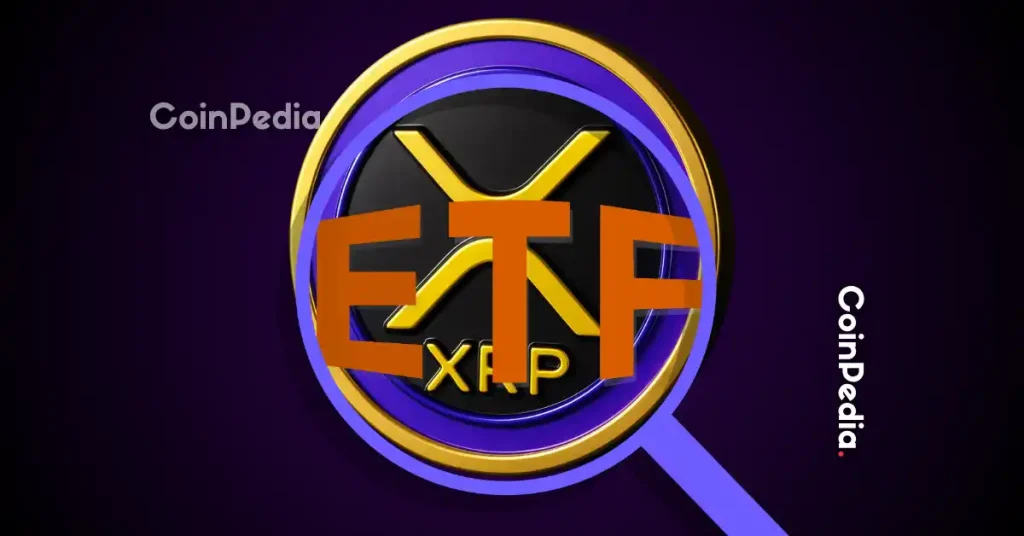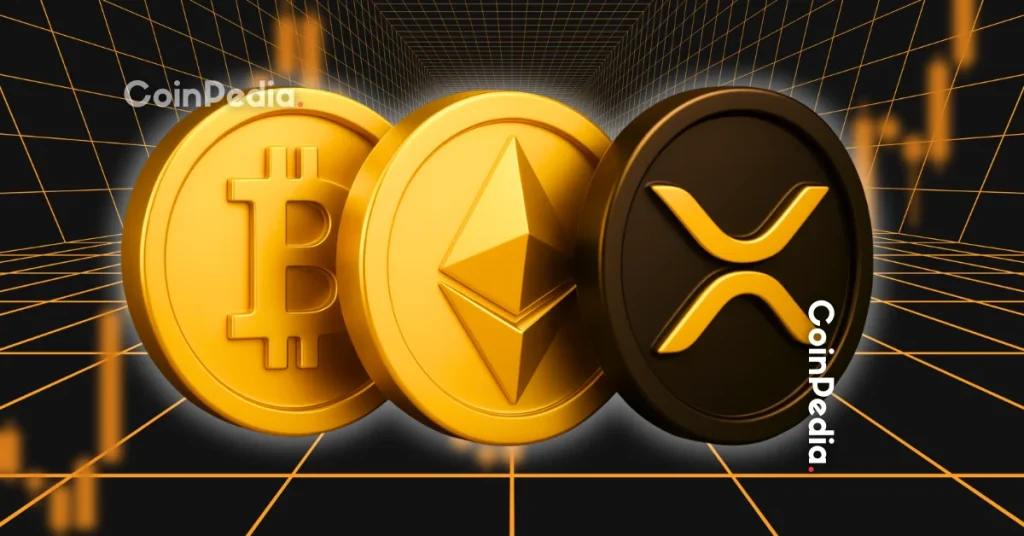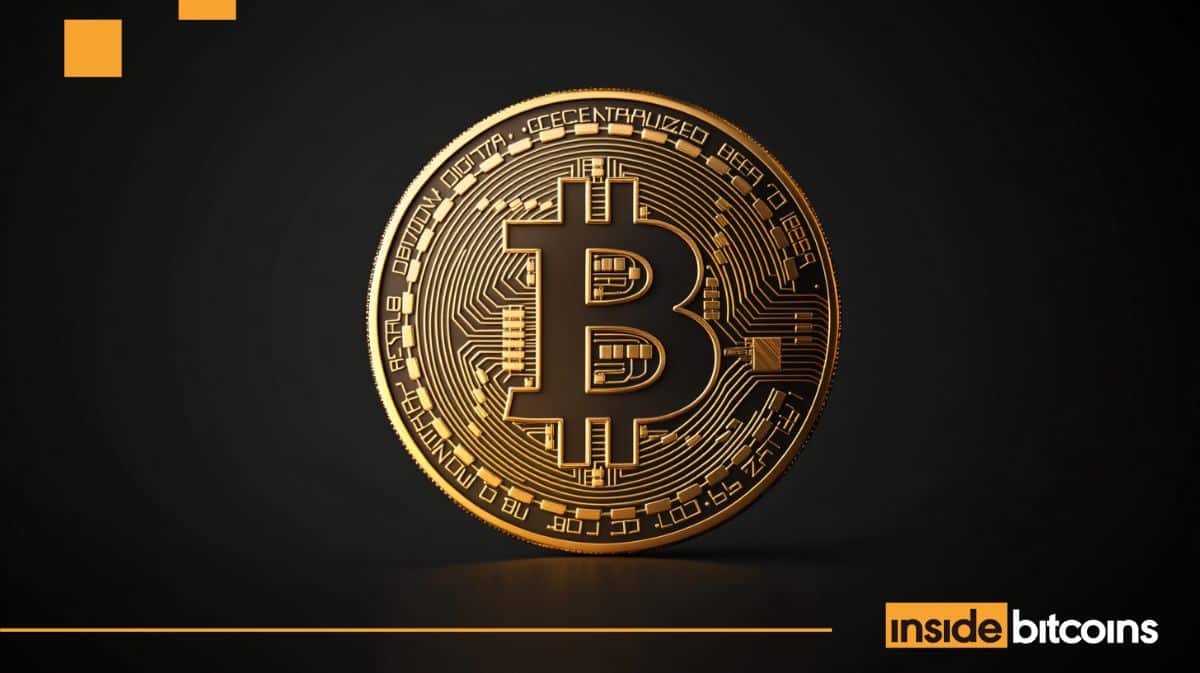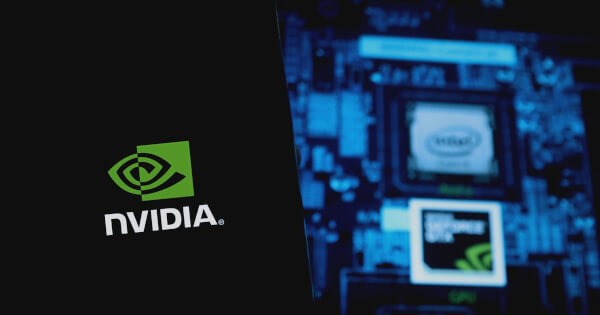Ripple CTO David Schwartz recently engaged in a conversation on X about XRP ($2.50), RLUSD ($1.00), and the XRP Ledger network. An X user inquired about how trust relationships are established between entities and their associated tokens, as described in XRPL documentation. The user noted scenarios where XRP serves solely for transaction fees and where institutions could create trust relationships without transacting in XRP.
In response, Schwartz expressed his support for institutions forming and utilizing trust relationships. He emphasized that this approach reflects the original vision for trust lines and aligns with the core principles of the Interledger Protocol (ILP). According to him, this concept benefits all parties involved.
How Trust Lines Work on XRPL
Trust lines on the XRP Ledger are ledger objects that require a reserve of 0.2 XRP each. Importantly, authorized trust lines allow token issuers to restrict token holding to accounts they have specifically approved. This mechanism enables secure and controlled issuance of assets.
Related article: XRP vs SEC: The Full Story, Market Value Debates, and What Comes Next
Schwartz also highlighted Ripple’s Interledger Protocol as an open-source solution for cross-border transactions. ILP connects diverse payment providers such as banks or cryptocurrency networks allowing seamless settlement between them.
Simplifying the Concept of Trust Relationships
To explain the idea further, Schwartz used a practical illustration. He described two entities with an existing trust relationship perhaps due to outstanding debt, mutual credit extension, or an open XRPL payment channel. Regardless of the reason, they already have a basis for exchange.
Related article: Ripple CEO Highlights Eight-Year Impact of XRP Escrow Strategy
For instance, if Alice can receive bitcoin and Bob can provide cash at his store, they can use XRPL or ILP to convert bitcoin into cash. The process would involve paying bitcoin to Alice and receiving money from Bob, with XRPL or ILP handling discovery, quoting, payment atomicity, and accounting.
Ultimately, Schwartz underscored that such trust relationships, combined with XRPL and ILP, can enable flexible and efficient payment flows across various systems. He views this interoperability as a significant advancement for the global payment landscape.
The post Ripple CTO Connects Trust Lines to Original XRPL Vision appeared first on FXcrypto News.



























 24h Most Popular
24h Most Popular








 Utilities
Utilities